
The Role of Gamification in Modern Advertising
- Author: Christina Gaydova
A love to play and the desire to win, even if the prizes are not big, are the things that were given to people by nature. Many things are constantly changing in the digital world with the creation of new technologies, and it includes the users’ behavior. It especially affects attention, which is harder and harder to catch by advertising. And gamification is one of the most effective tools to do this.

Source: ESA
Okay, What is Gamification?
Gamification is not literally games; it’s the elements of a game used in different spheres of life, such as education, parenting, communication with colleagues, and marketing. Talking about marketing, gamification could be a part of SMM strategy (challenges, flash mobs, countdowns, etc.) and advertising format.

Source: GameLoft
It’s Only for Gamers and Gen Z?
A common stereotype is that just gamers and youth play the games, but according to the stats, the average age of people that play games is 35-44 years. The younger generation is fond of games too, but it depends more on personality. Why is it important for marketers? Because with this information they can choose the more relevant audience. Often the emphasis is on users 18-25 years old, but in fact, this age should be increased up to 45 years.

Source: Havasgroup
What Purpose Does It Fit?
The first advantage of gamification is unlimited opportunities for advertising creatives. There are a lot of game formats: puzzles, simulations, strategies, role-playing games, etc., and each of them can be used in a different sphere. The essence of playing techniques does not change; only the subject matter and attributes change.
There are also some indisputable advantages:
- Engagement
A modern user can hardly be surprised by a static banner, but if we talk about the banner with which the user can do some simple actions, the task becomes easier. Requesting a specific action and reward for it increases interest and engages the user deeper in content. As we know, engagement is the first step to building long-term relationships with brands. - Brand Awareness and Loyalty
So, a little bit of theory, Brand Awareness includes the degree of how consumers remember, recognize, and be interested in brands. These factors directly influence loyalty and emotional connection with a brand. That’s why we are so fond of Coca-Cola’s Christmas advertising. And elements of the game create these emotional reactions. Brand customer loyalty accounts for 23% of a brand’s revenue, according to Gallup, a trend particularly prevalent in banking, consumer electronics, restaurant and hospitality, and insurance. - Users Data
Information about users is always worth its weight in gold, especially with the news about the cookieless future (more details about it). Enough audience data allows marketers and brands to create a more relevant offer and anticipate consumers’ needs, but it is not easy to get it. However, when users interact with the entertainment content and the rewards, they are more willing to share useful information about themselves. - Reach and CTR
Banners’ blindness and ignoring of CTA (Call to Action) are common problems of advertising. But if the audience is engaged in gaming ads, they more often react on CTA than when viewing a static banner or another familiar ad format. These effects of gamification in advertising further reflected the indicators of traffic quality like time spent on the site, pages per visit, bounce rate, and CTR. - Product Introduction
The possibility of presenting and discovering your product with gamification is easier and more interesting. To do this, it is not necessary to develop a complex game. It will be enough to use available advertising formats with game elements.
Formats Of Gamification In Advertising
There are rewarded ads, interactive banners, playable banners, and coloring banners. Let’s talk about each of them in detail.
1. Rewarded ads
The most popular format of gamification in advertising. The user watches an advertising creative and then receives a reward—for example, additional bonuses in the game, a discount, or a promotional code. Rewarded ads can be either banner or video and can also be used in in-app ads.
2. Interactive banners
This ad format allows the users to interrupt it and be active participants. It responds to hovering with your finger or cursor. The content can be anything: when you hover over the banner, you can add ingredients to the dish, start to drive the car, or make makeup.
3. Playable ads
Advertising in HTML5 format that invites users to try games or mobile apps without downloading. The advantage of such a banner is that the quality of installations increases because the user tests the game and downloads only with a positive experience.
4. Coloring banners
It’s an interactive ad, too, with coloring book functionality. The ad appears in black and white coloring, and users can color in the image. When users click on it, they go to the brand page.
All these formats are represented and available on the NT Programmatic Platform and are suitable for promoting brands and products of the various spheres. Gamification quickly spreads in all walks of life, and it is impossible to ignore it in advertising strategies. So, try to look at your product from a game perspective and attract an even more loyal audience. Contact us, and we will help you with this.
Read also

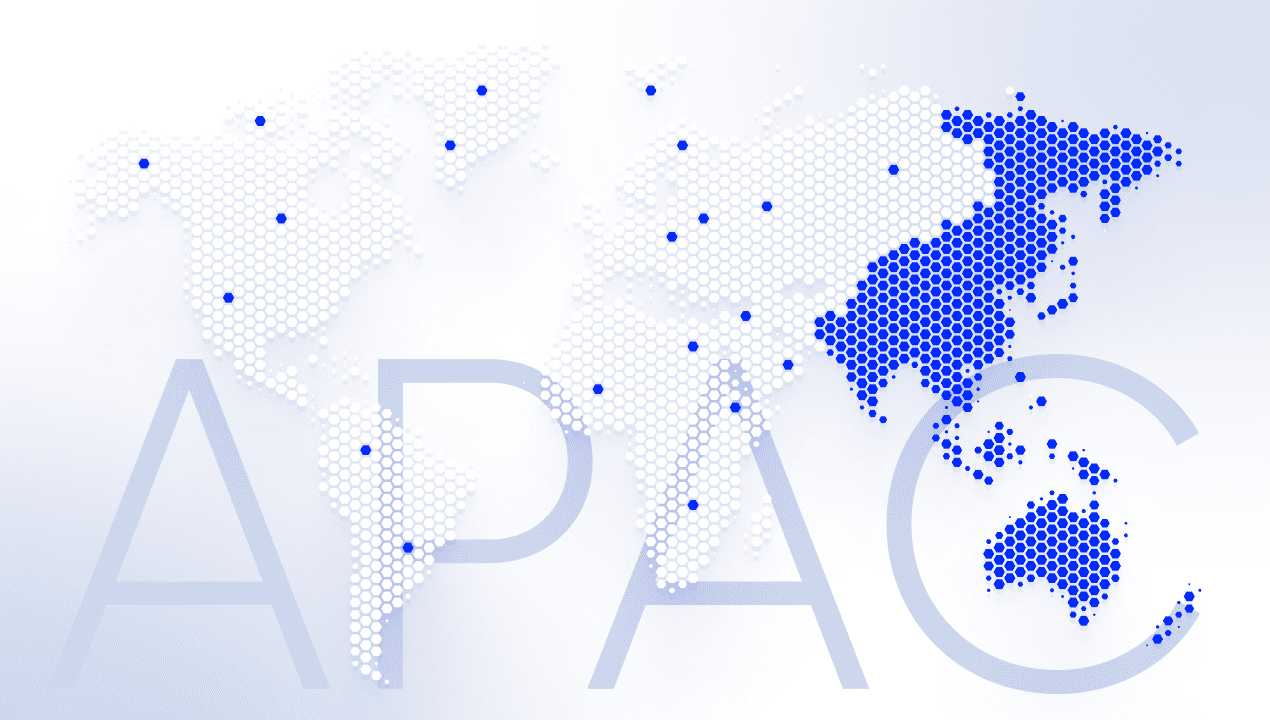
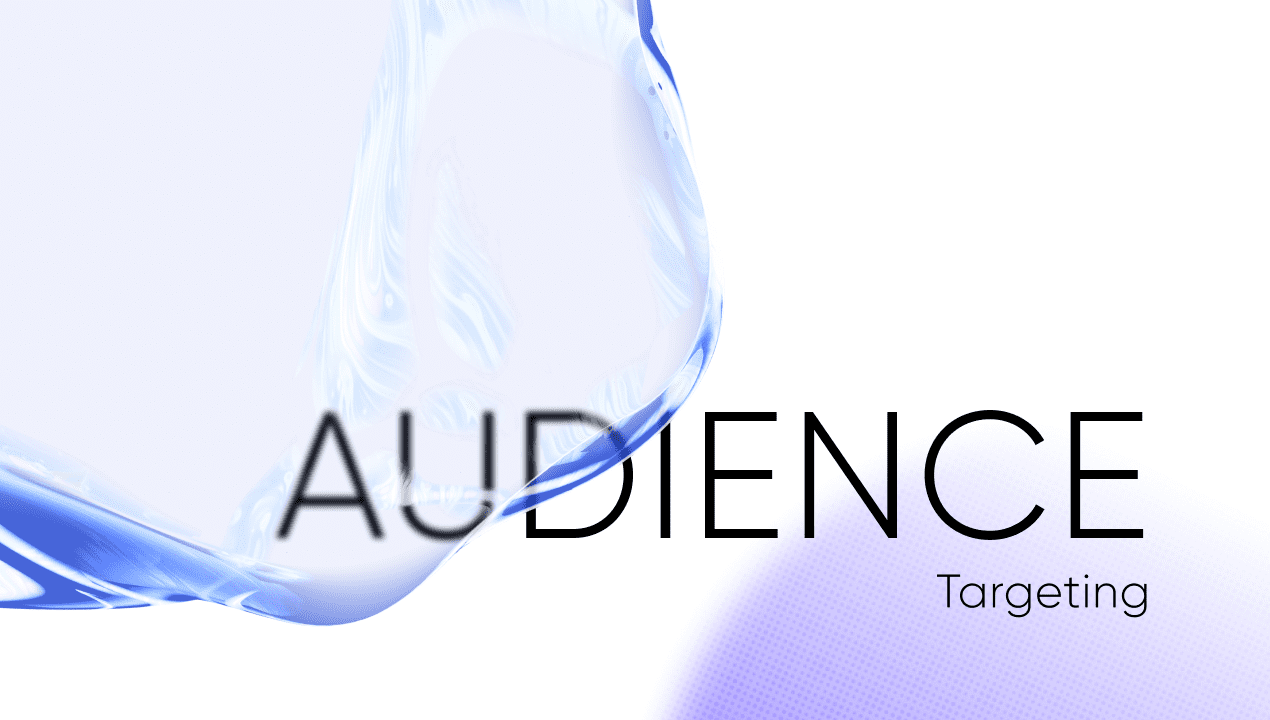
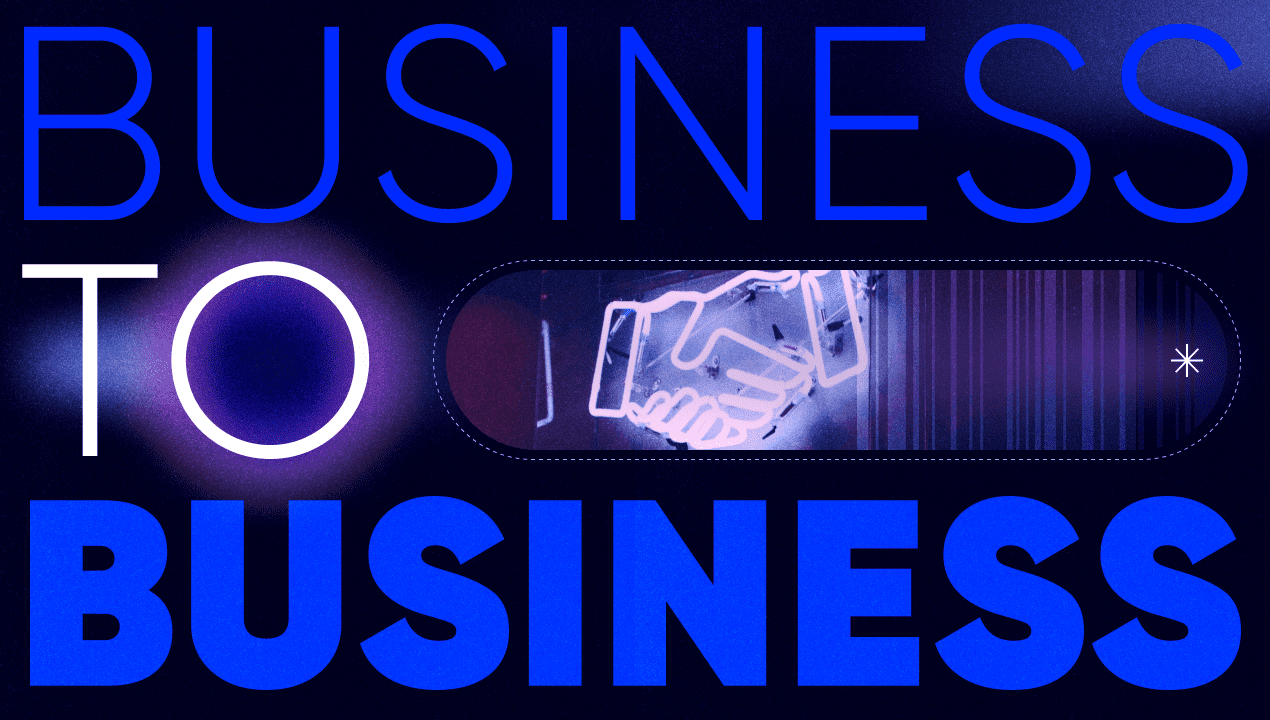

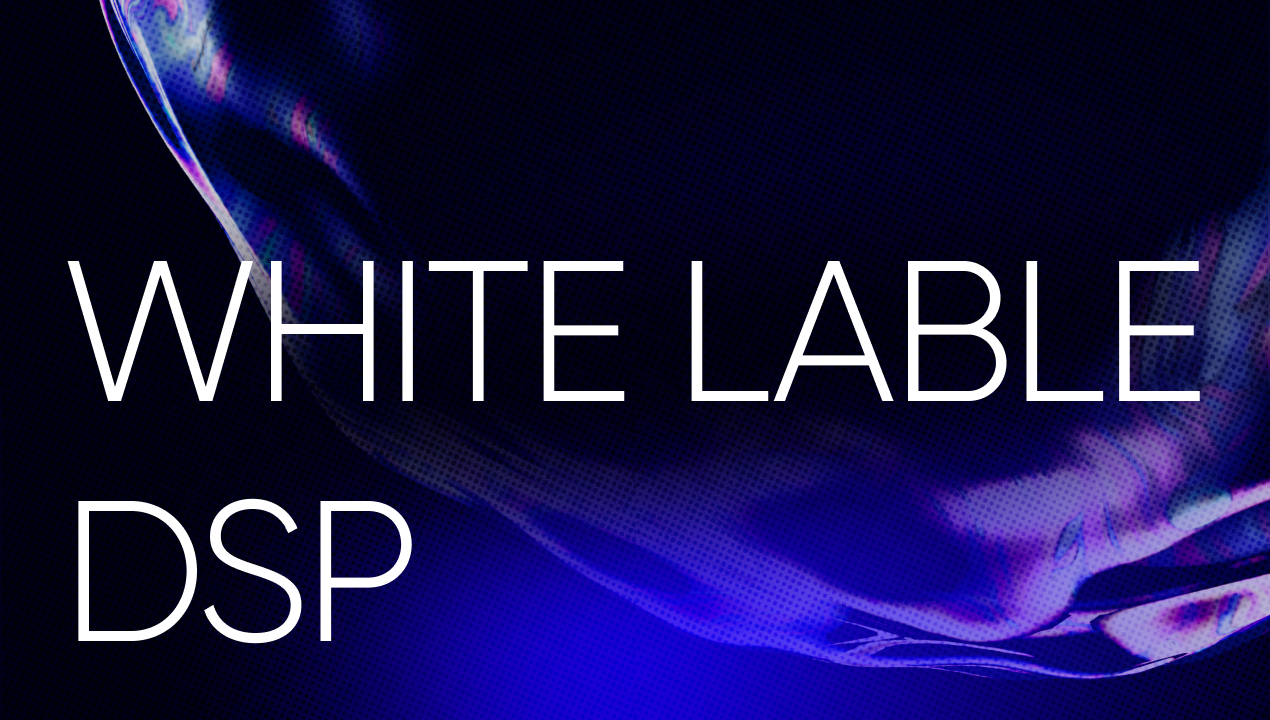


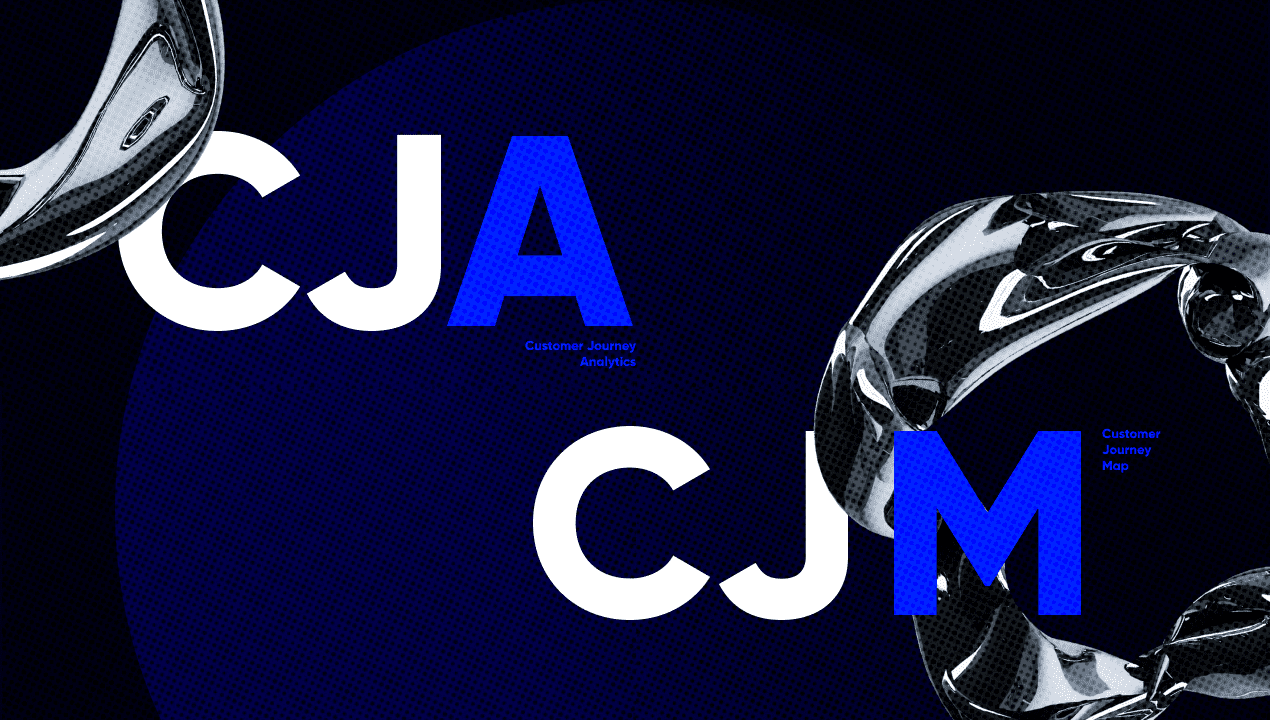



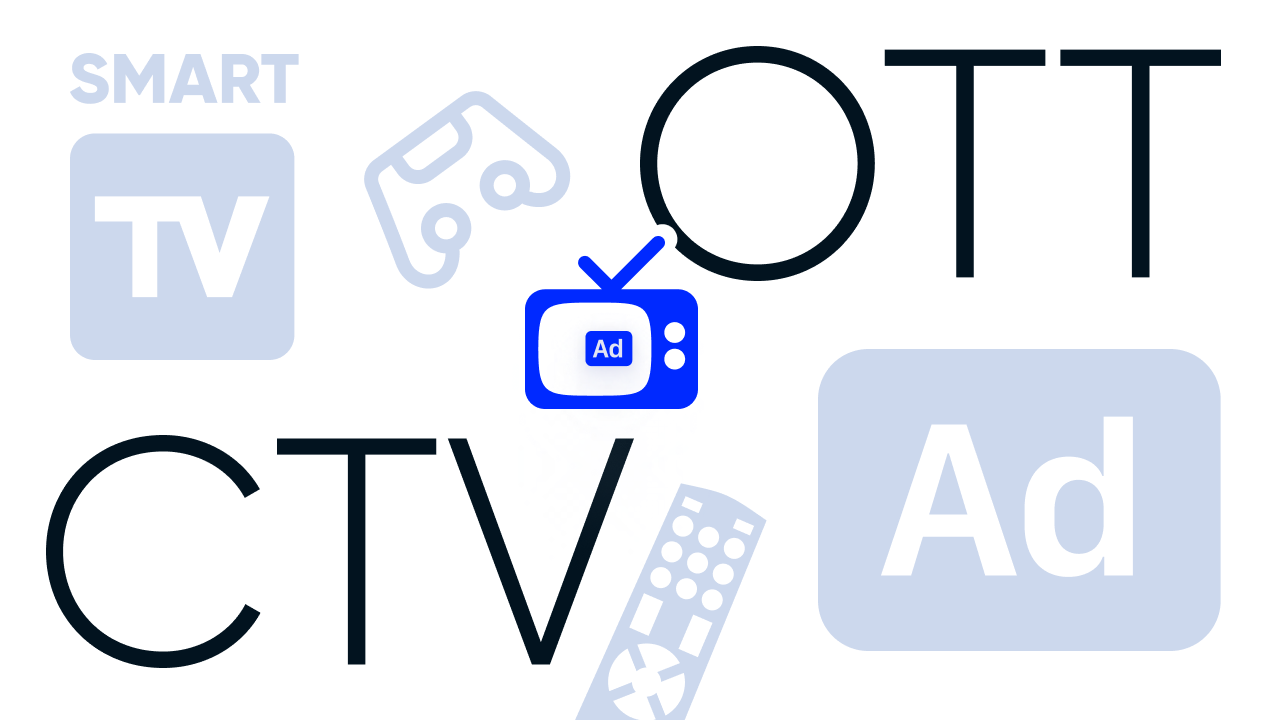

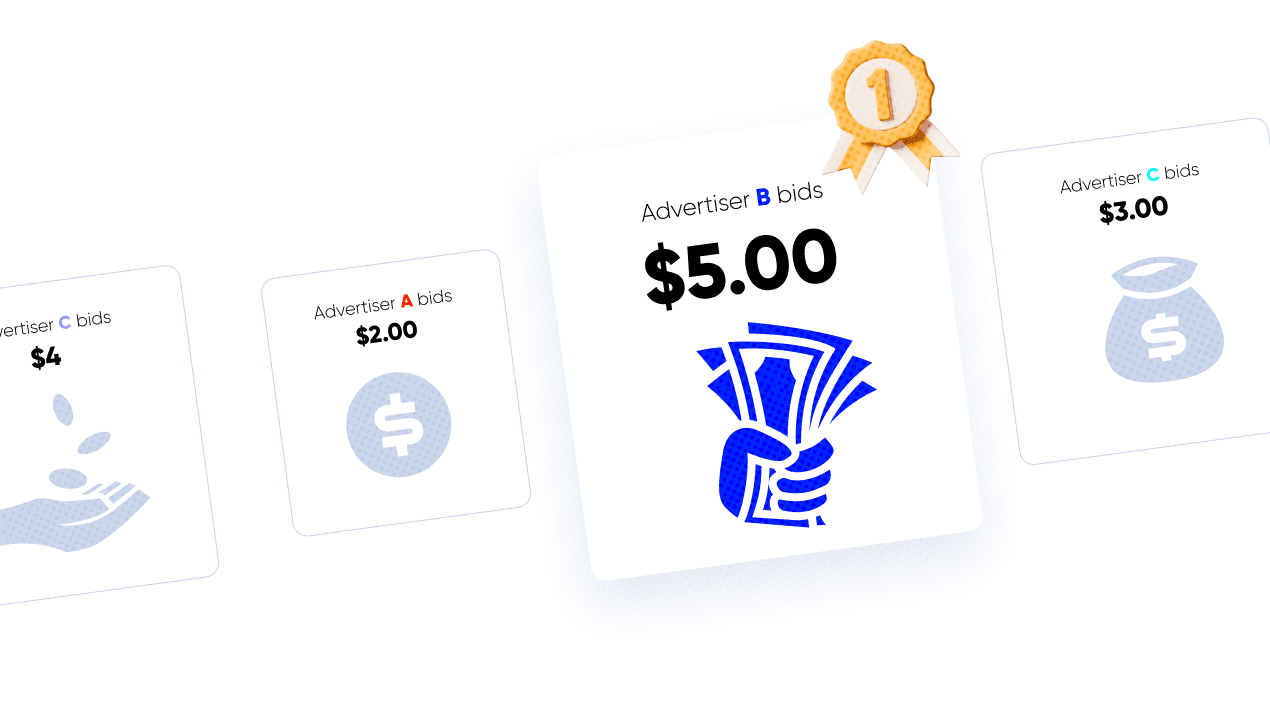


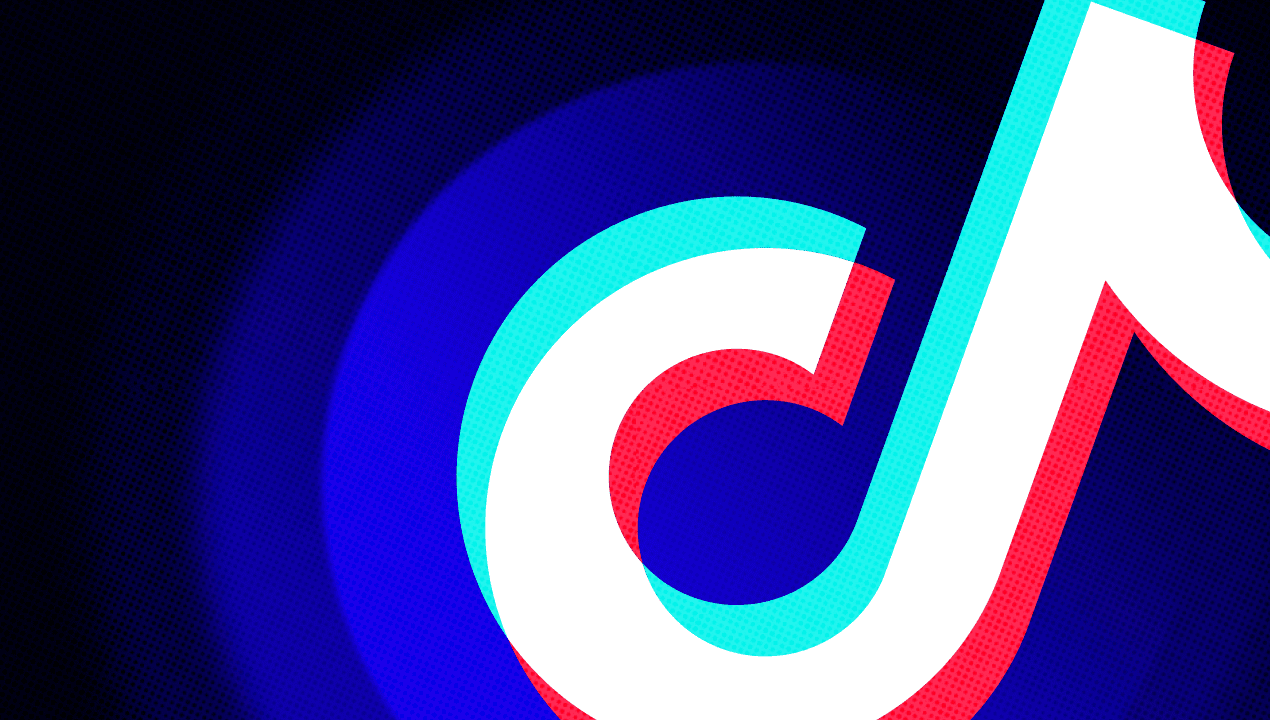



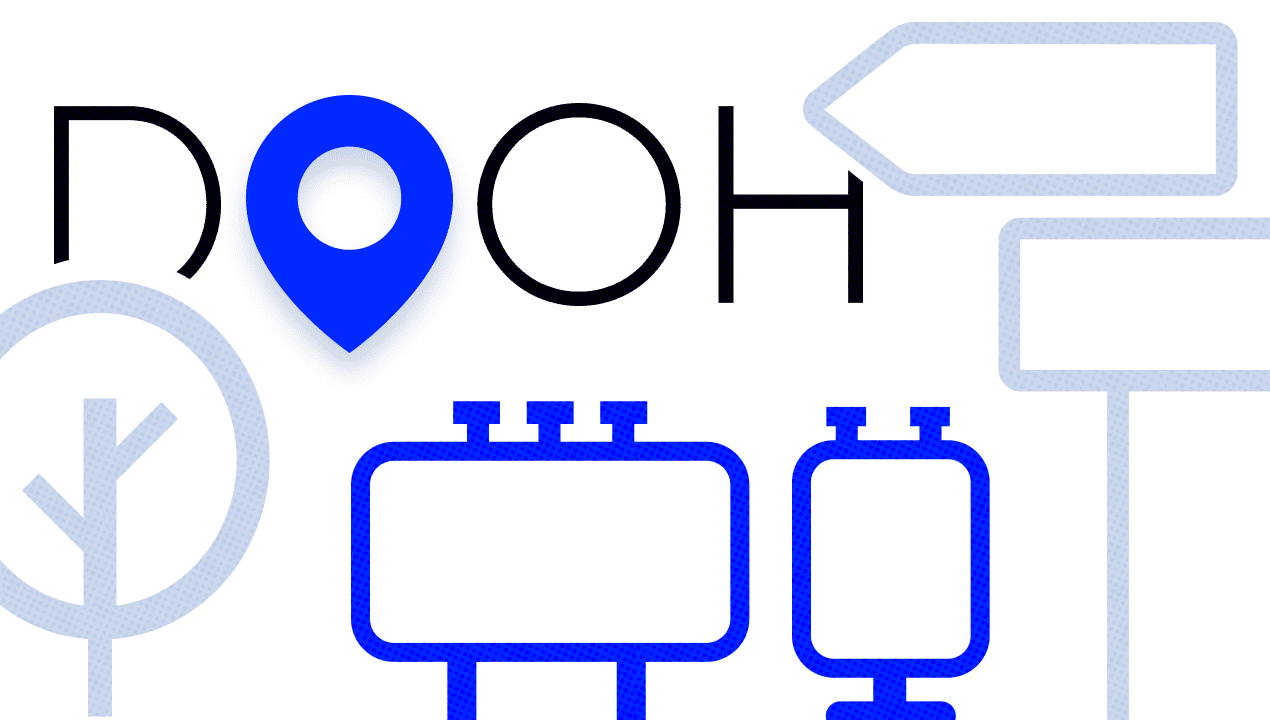

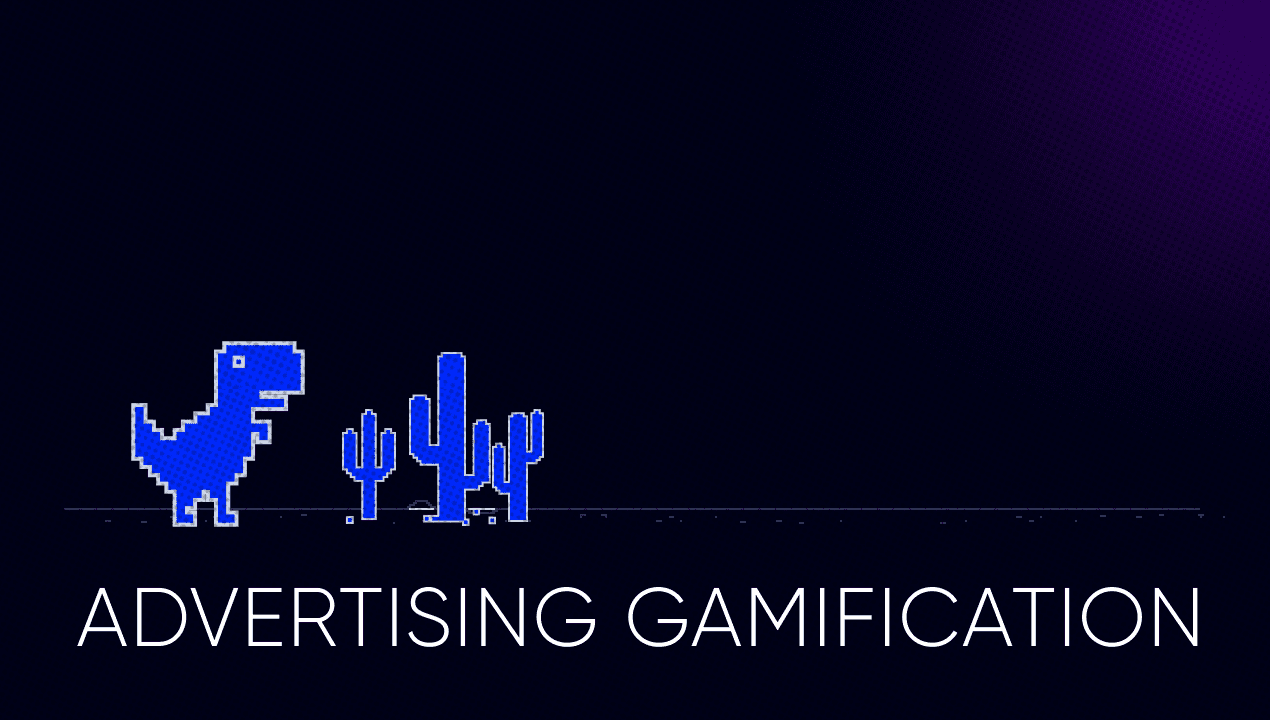

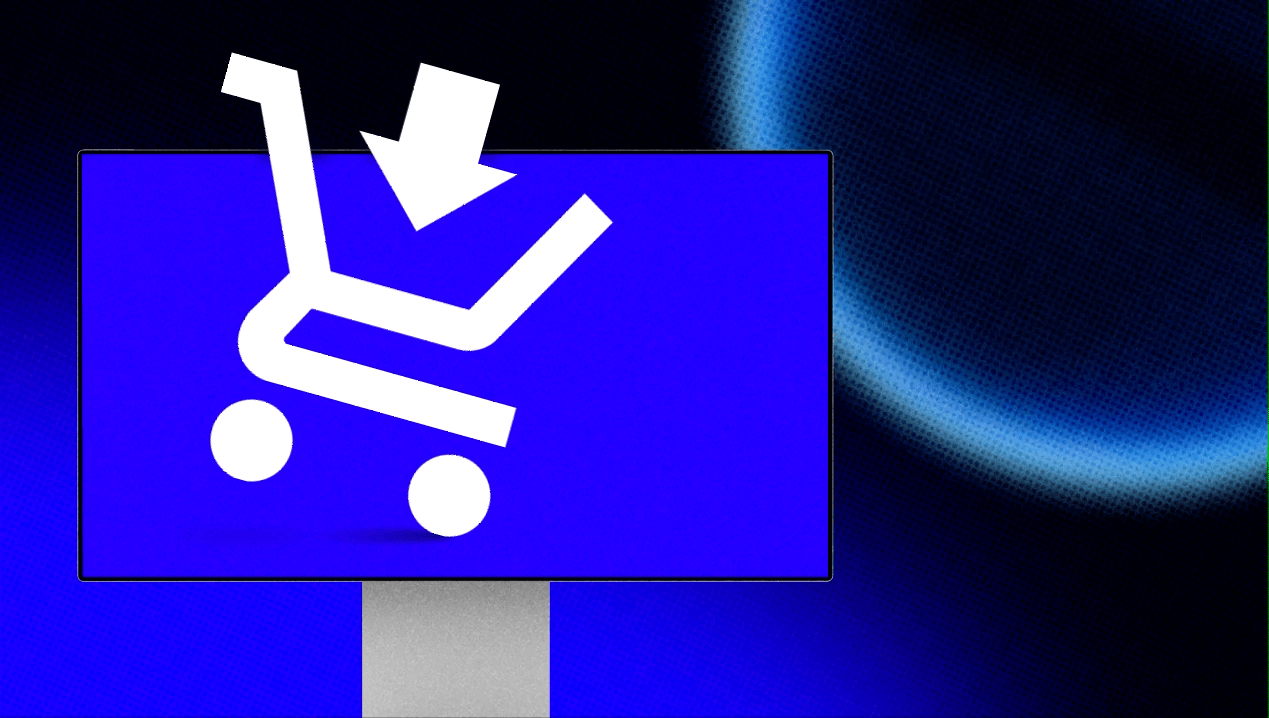
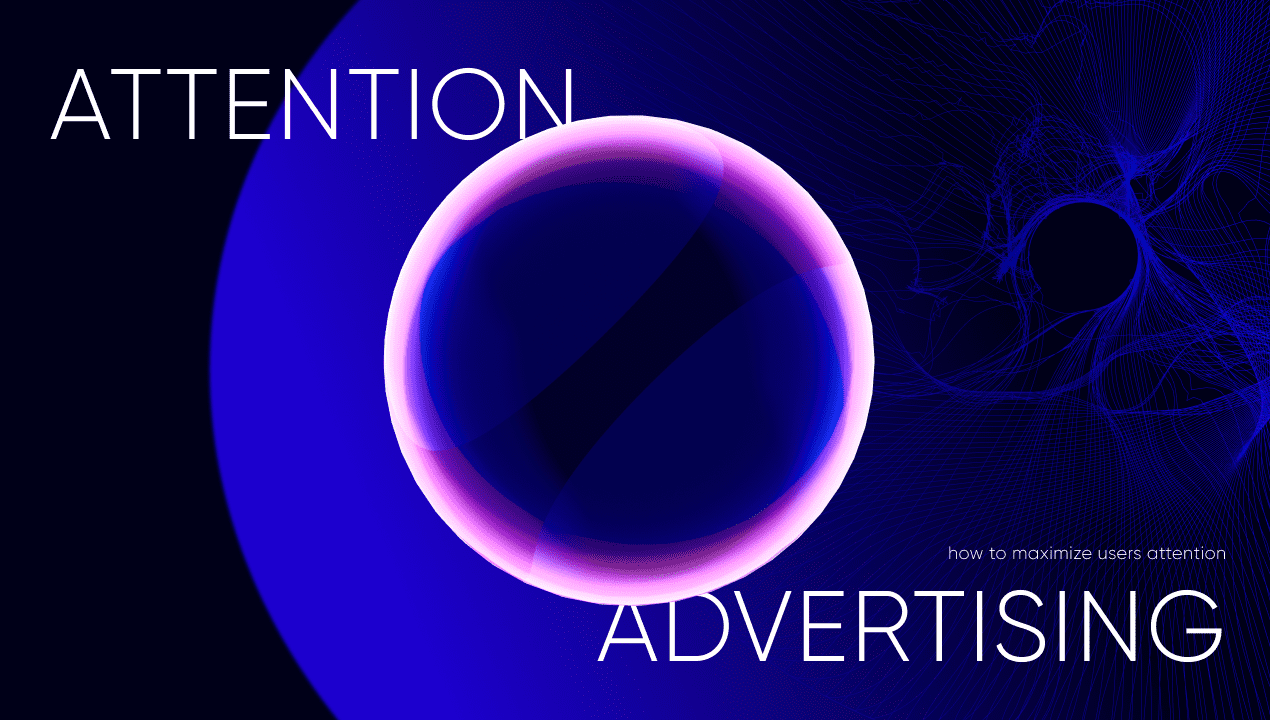

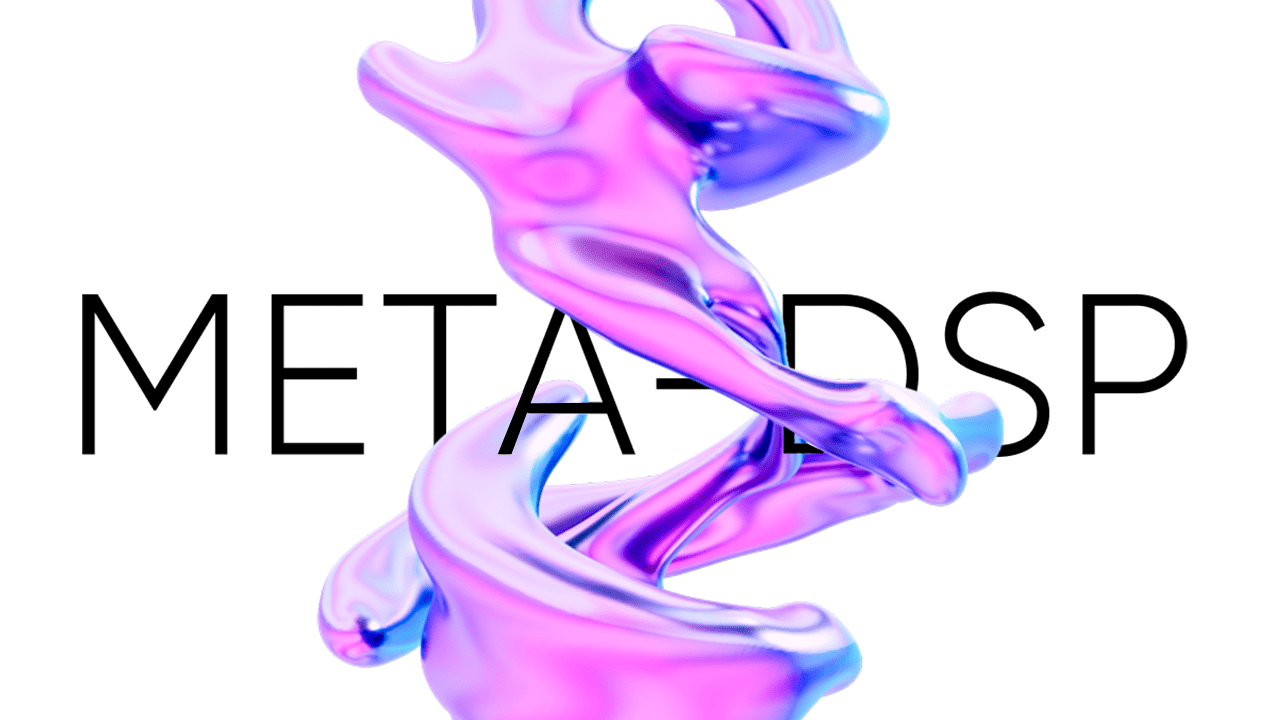
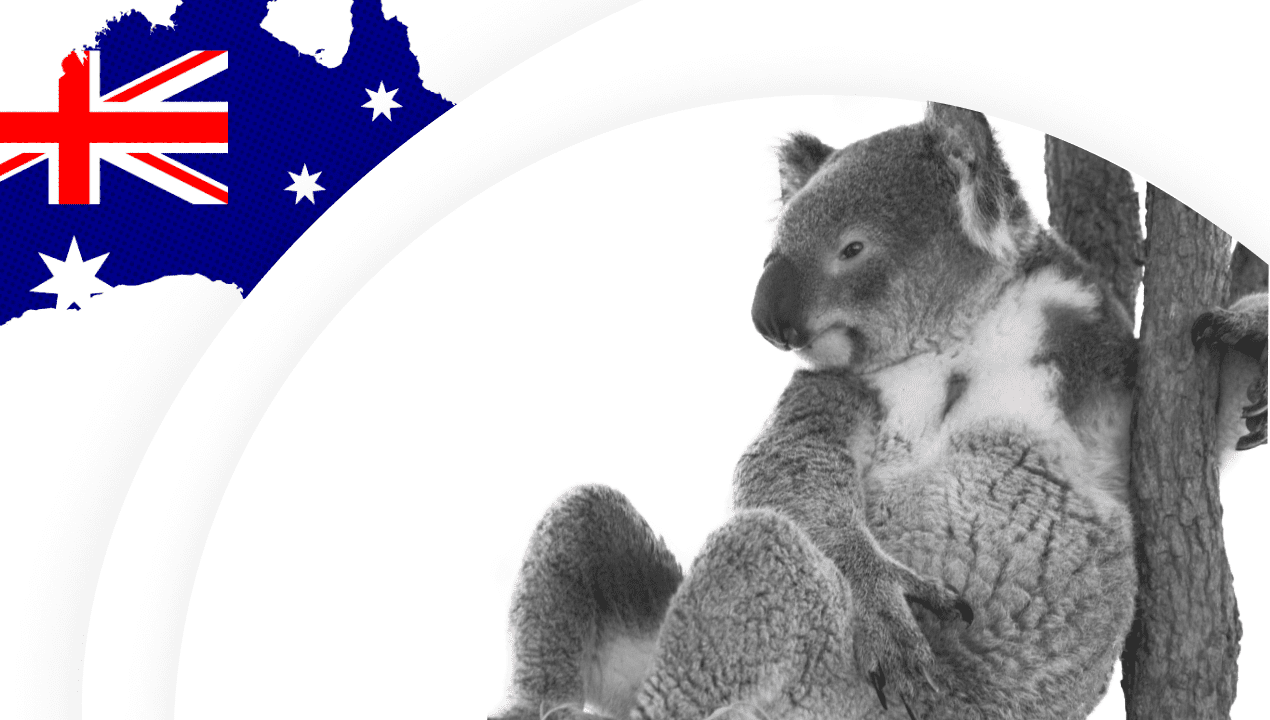
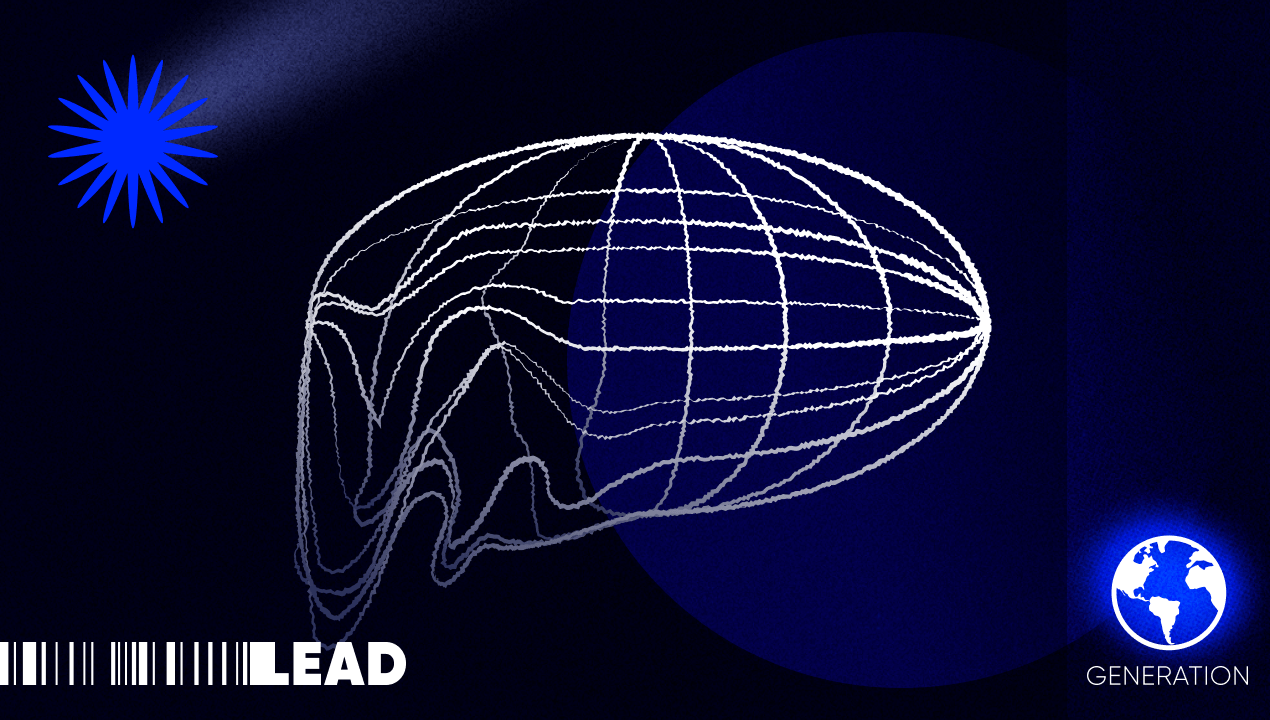


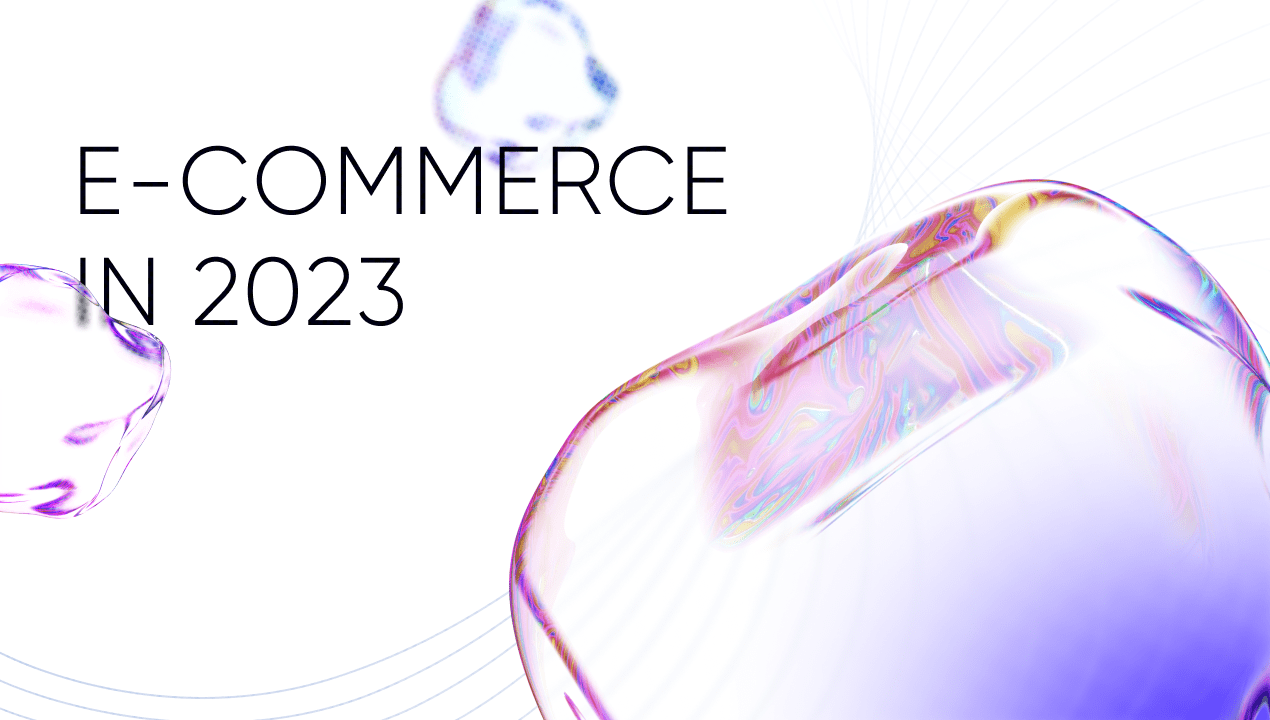

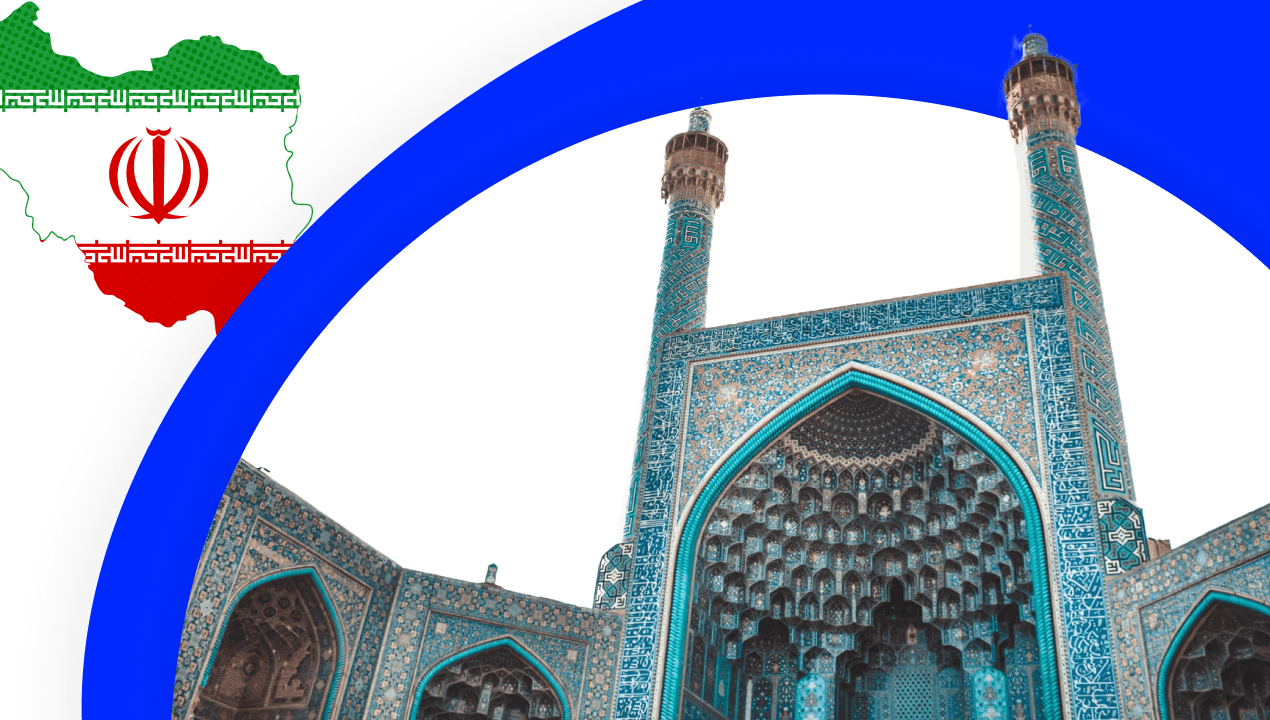

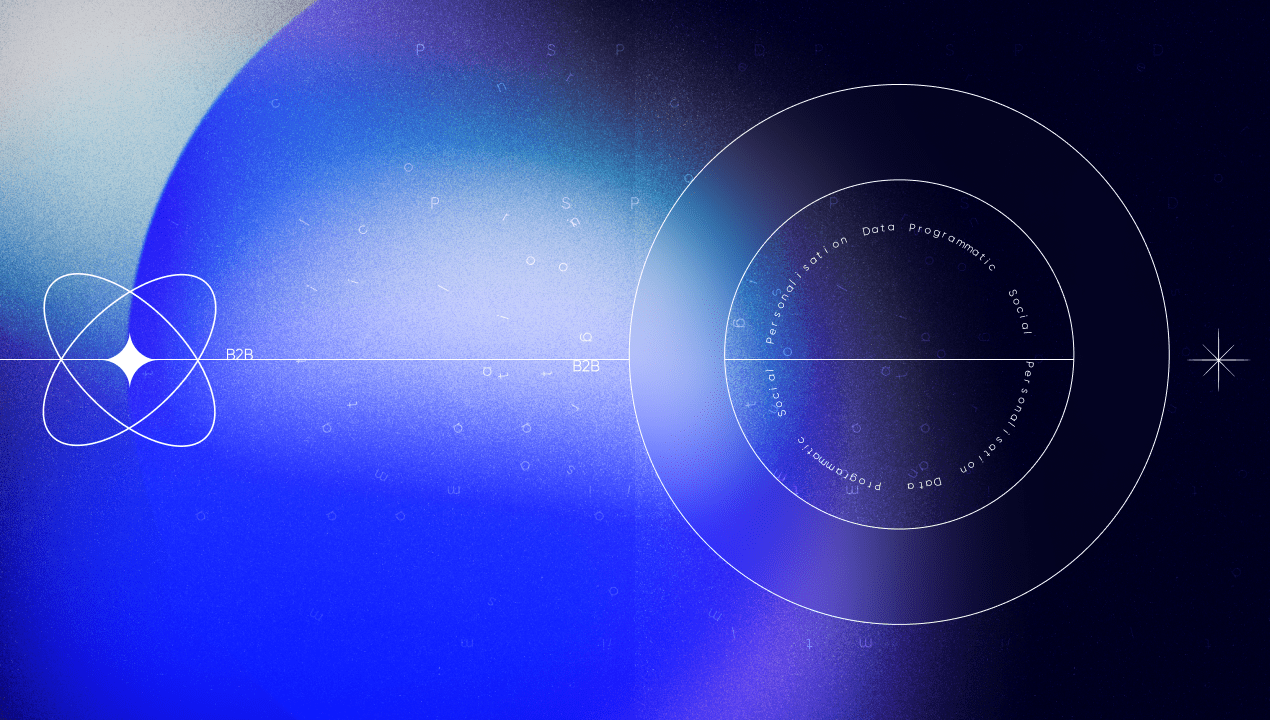
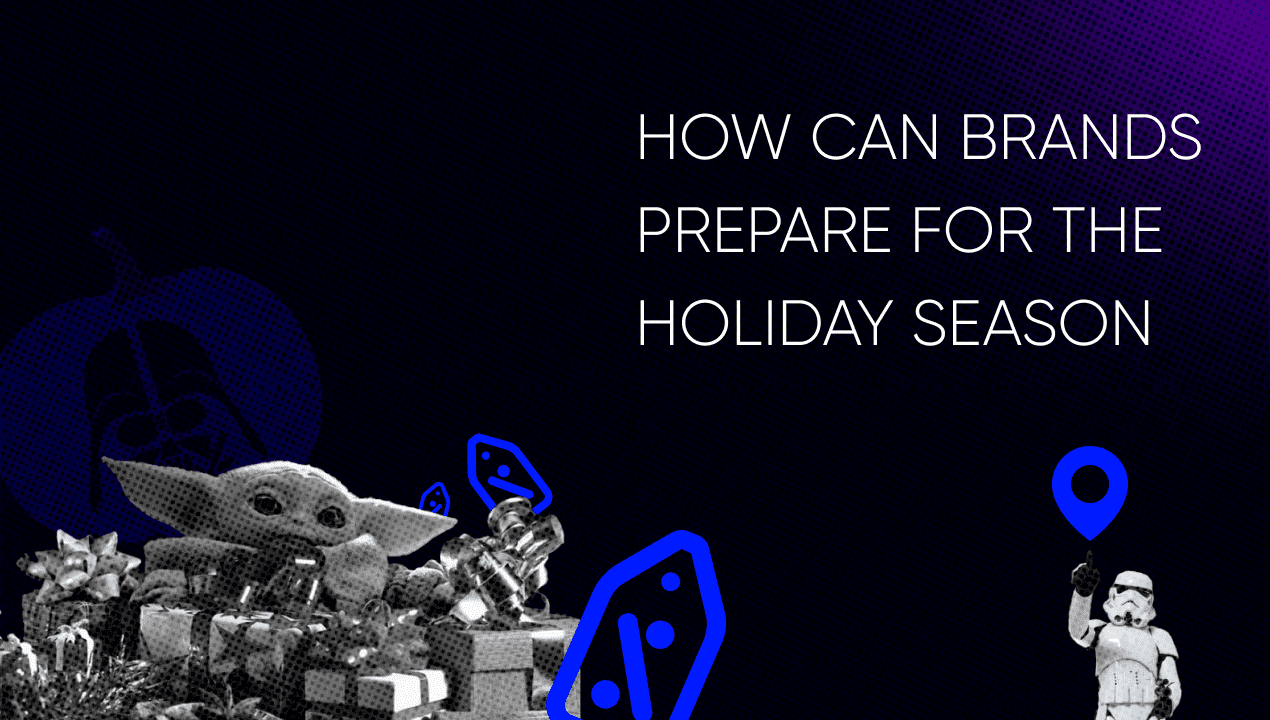

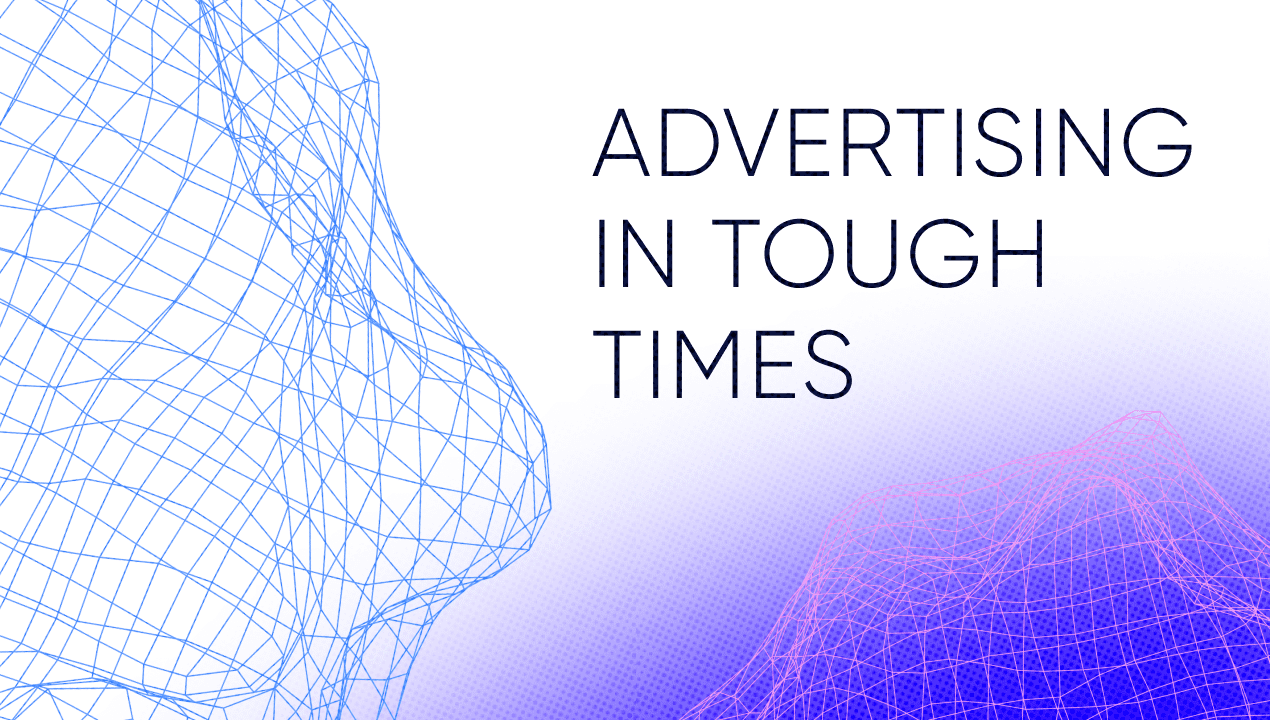

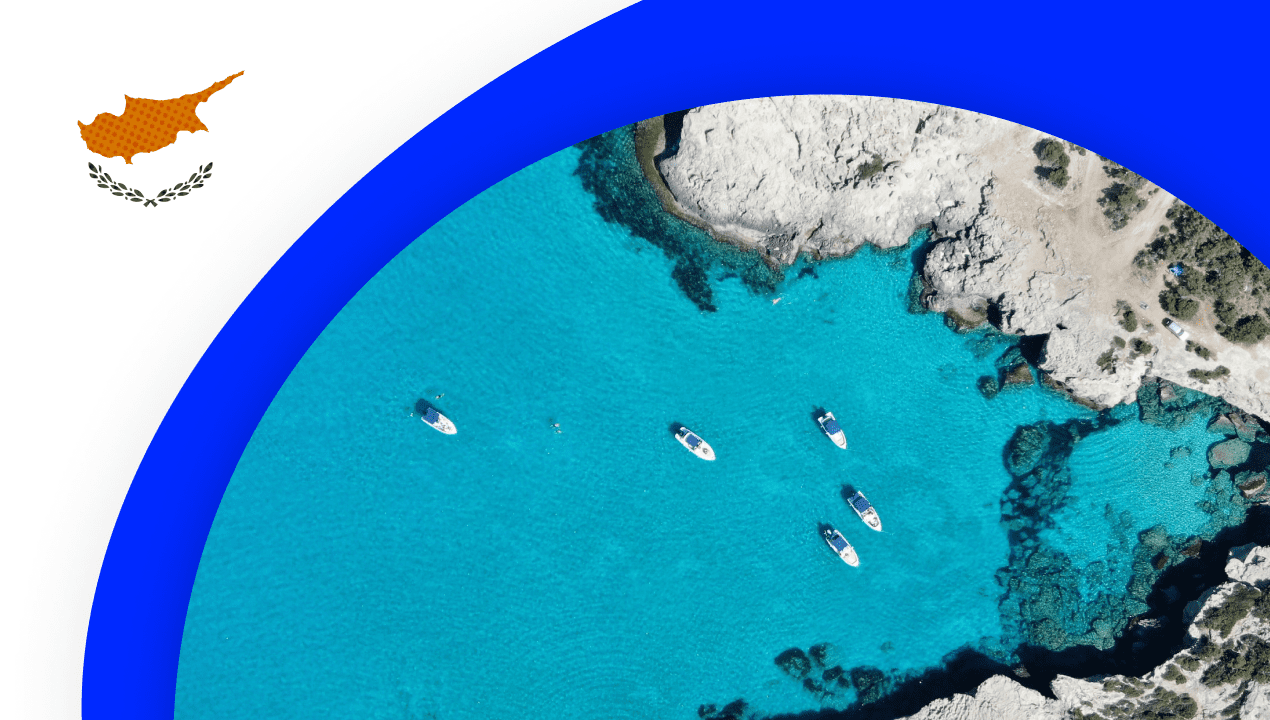
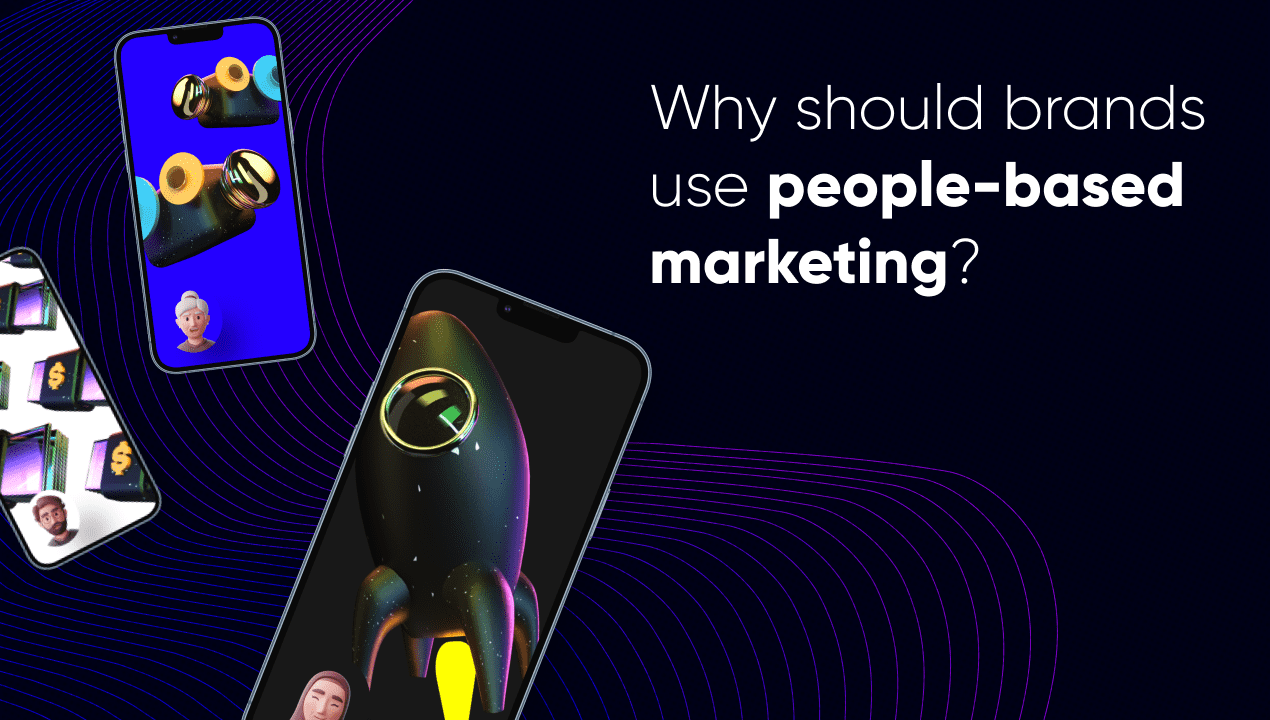

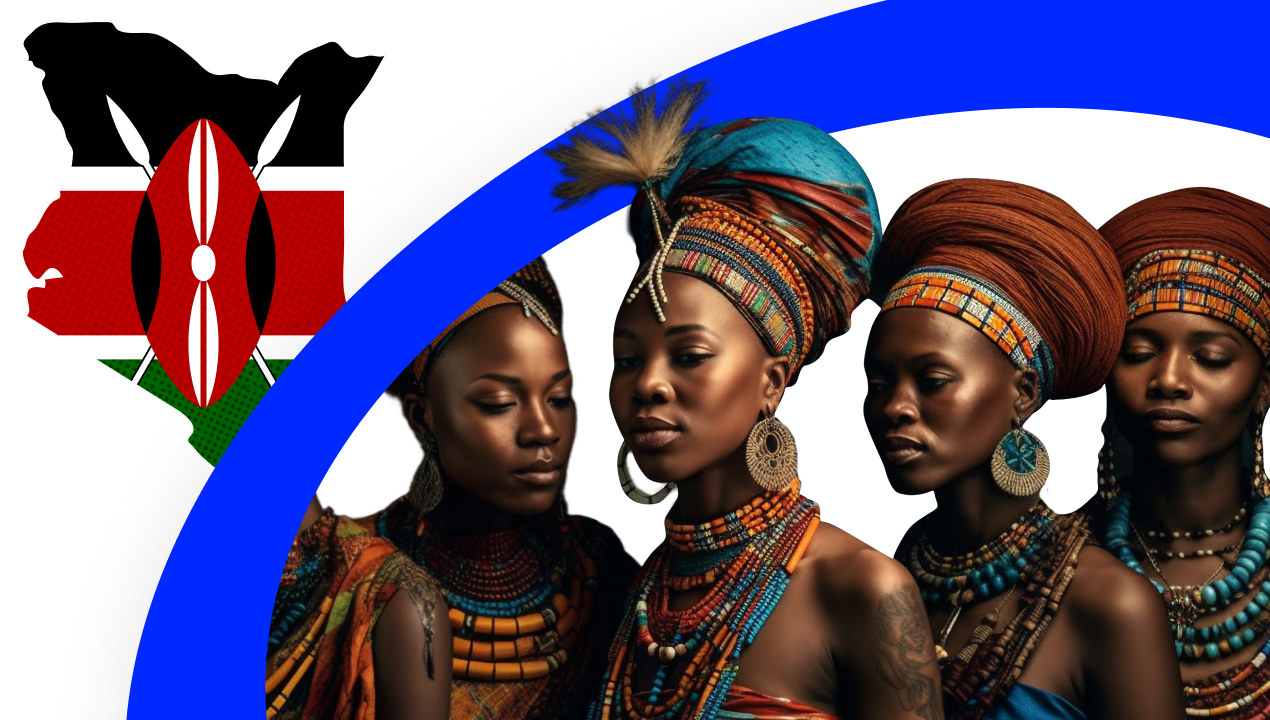
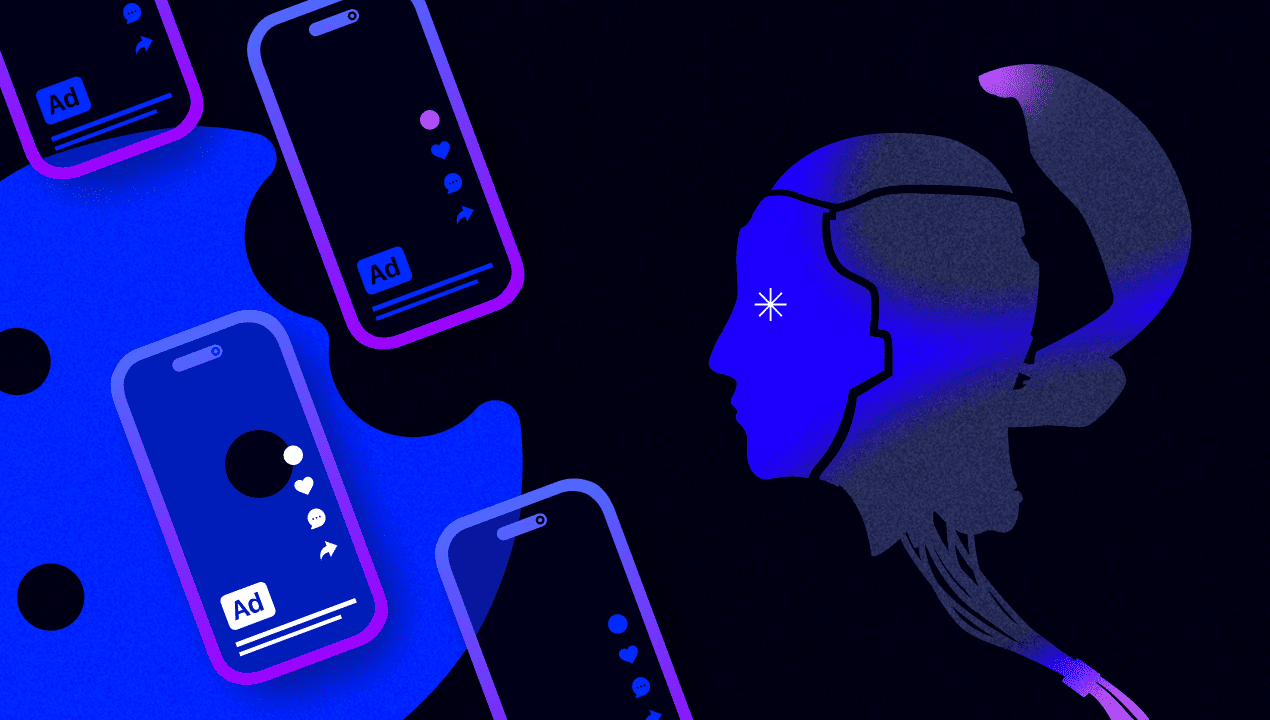

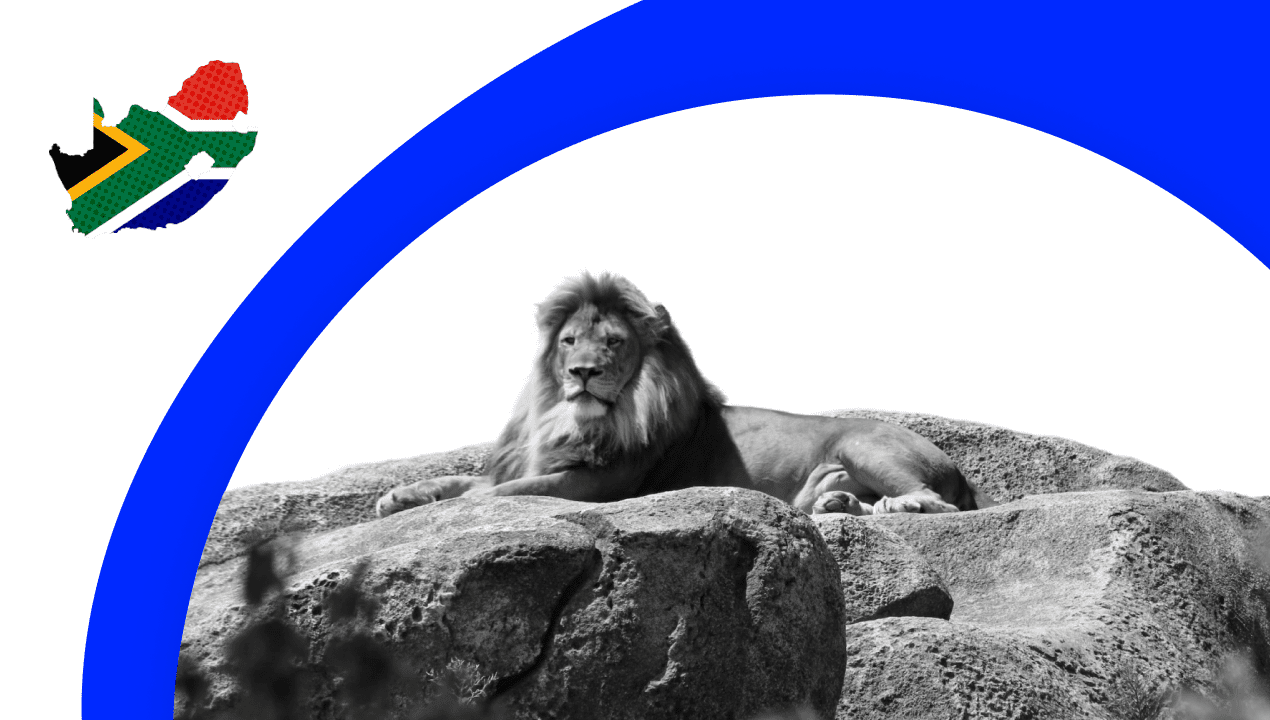



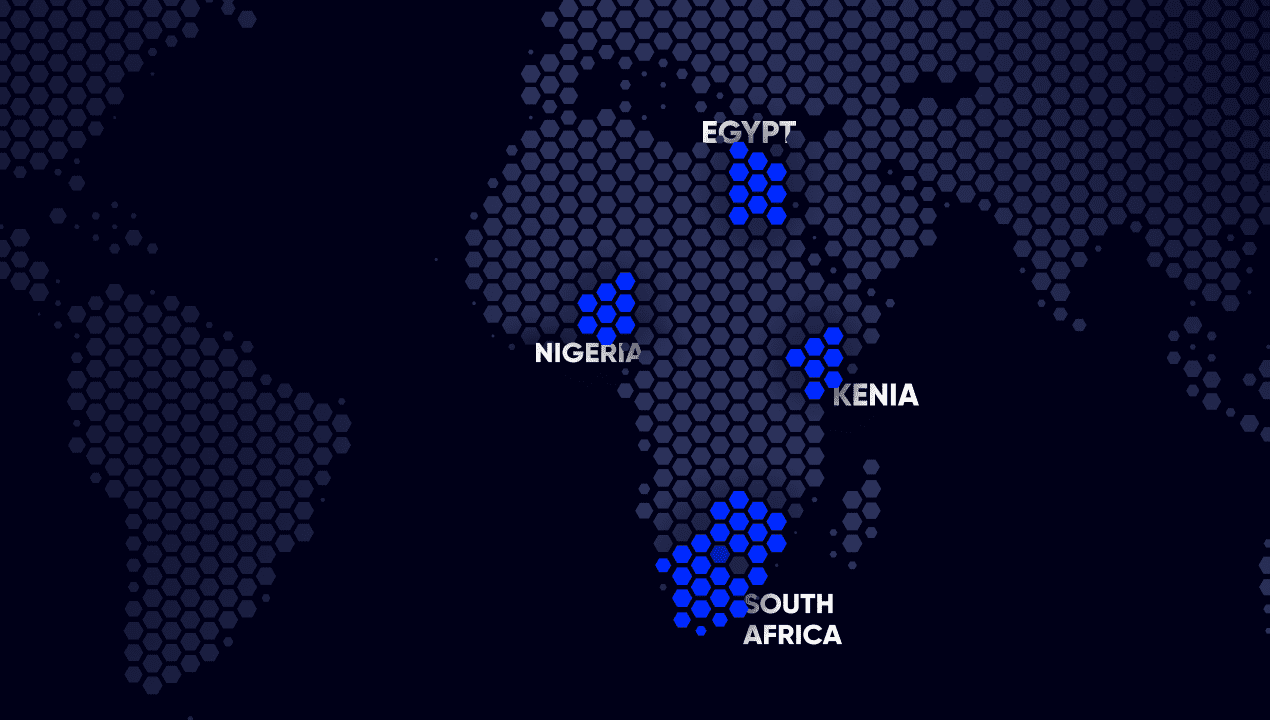

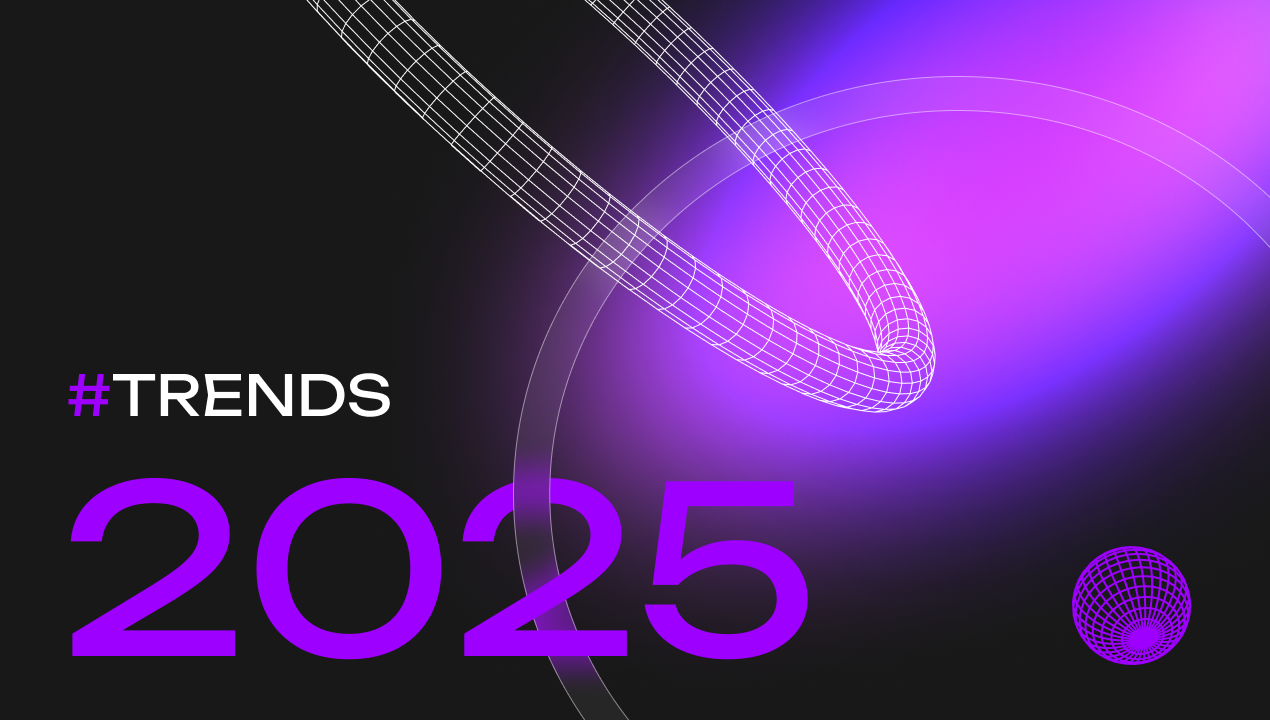
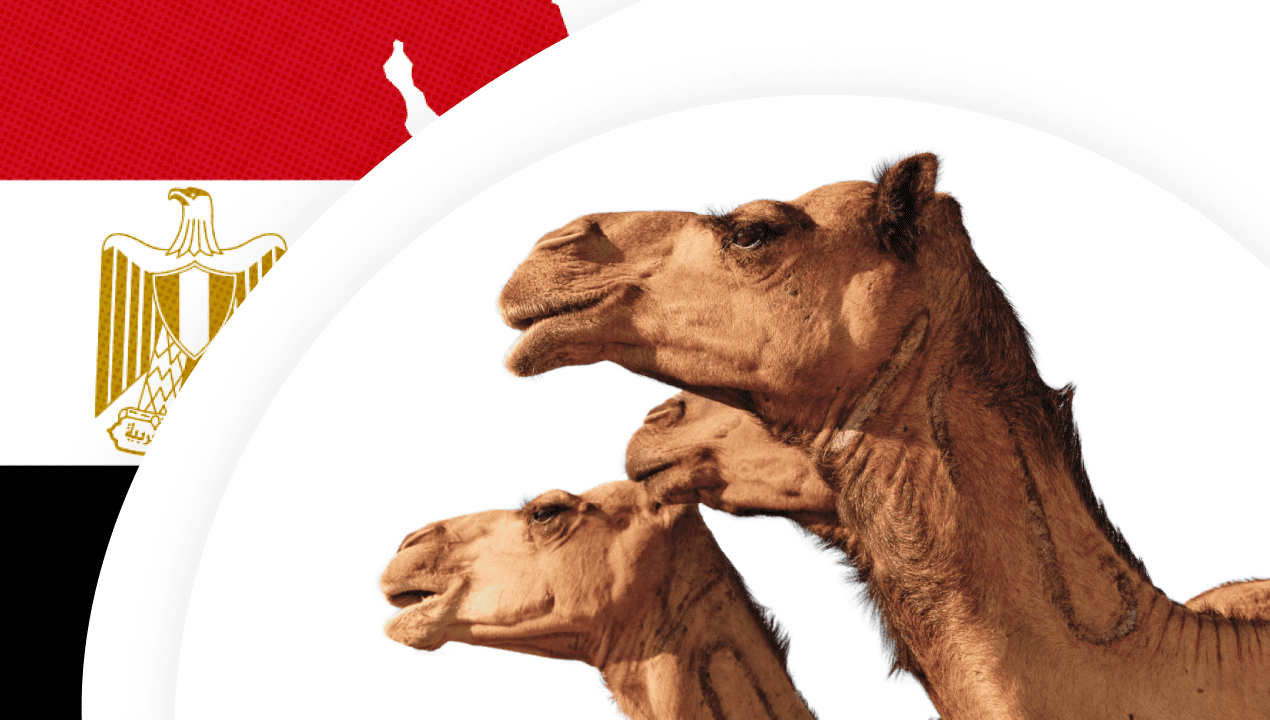
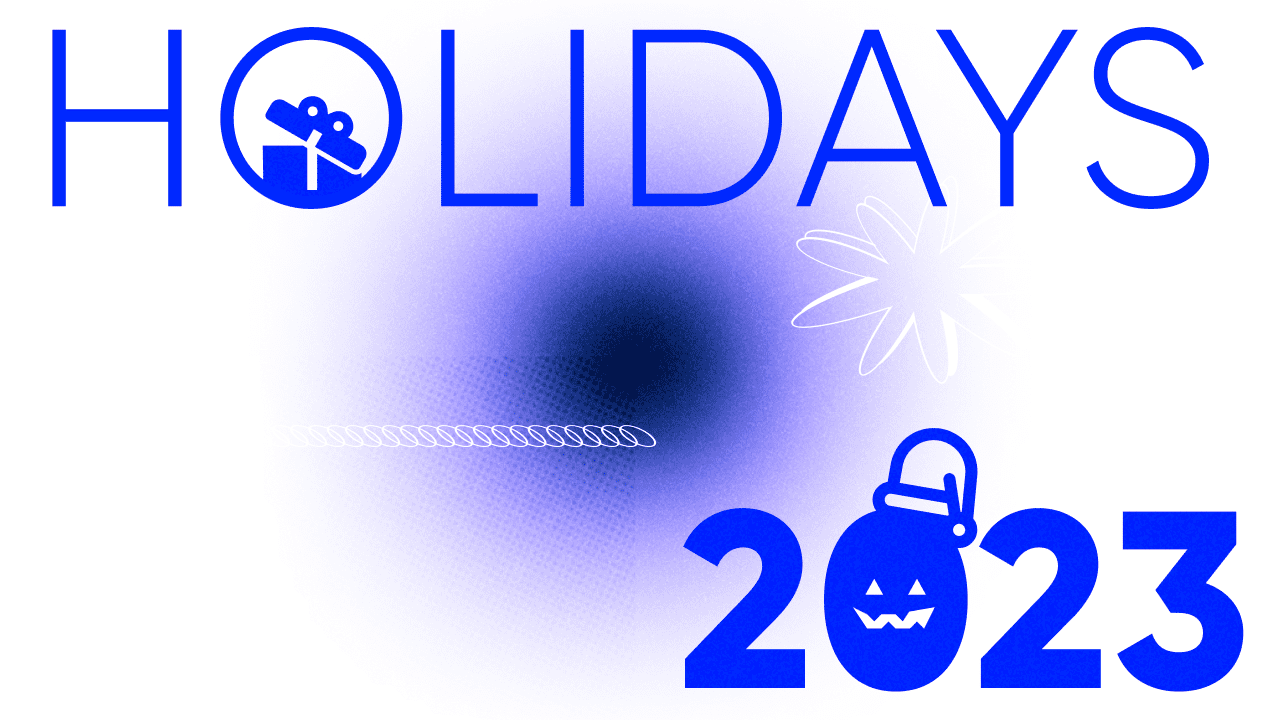
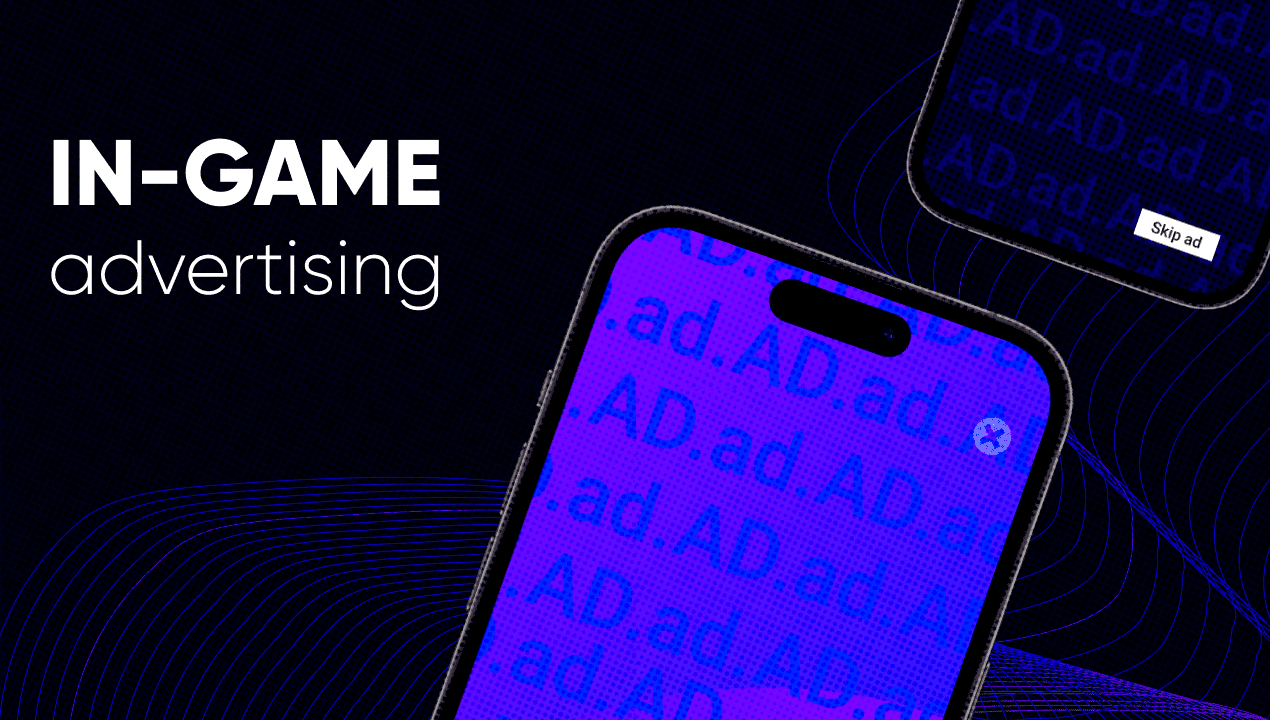

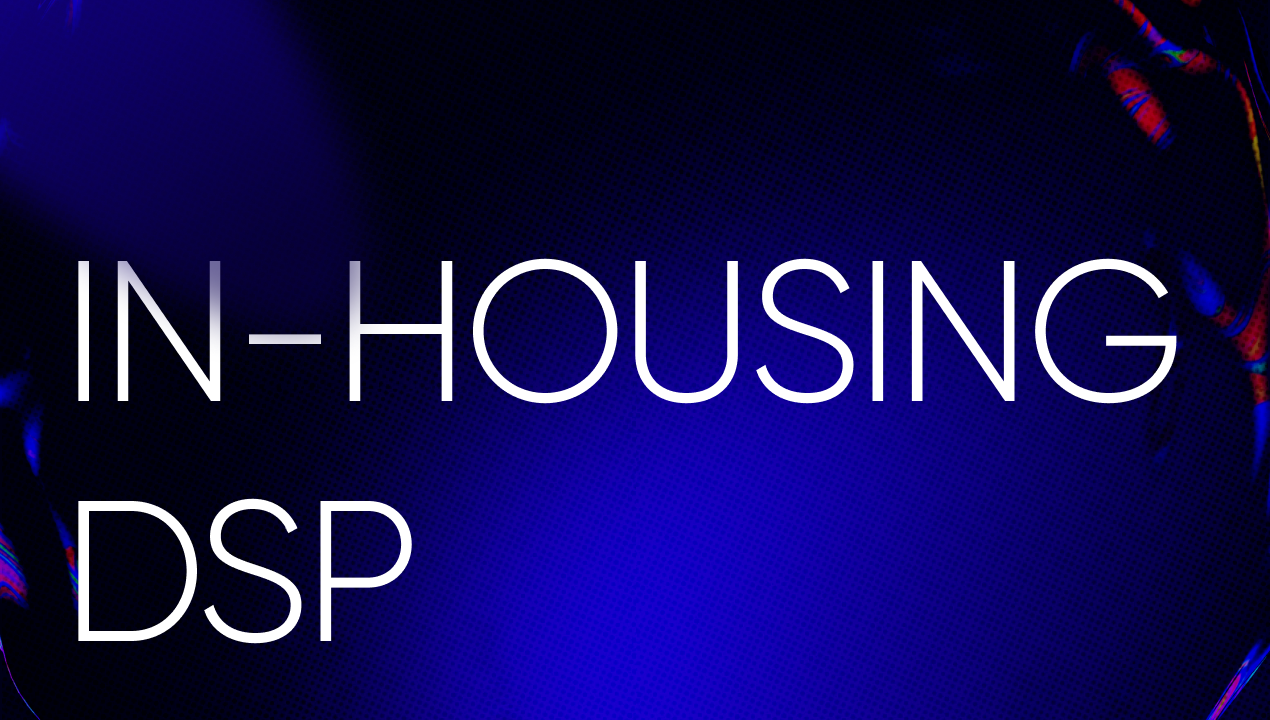
Read also



























































